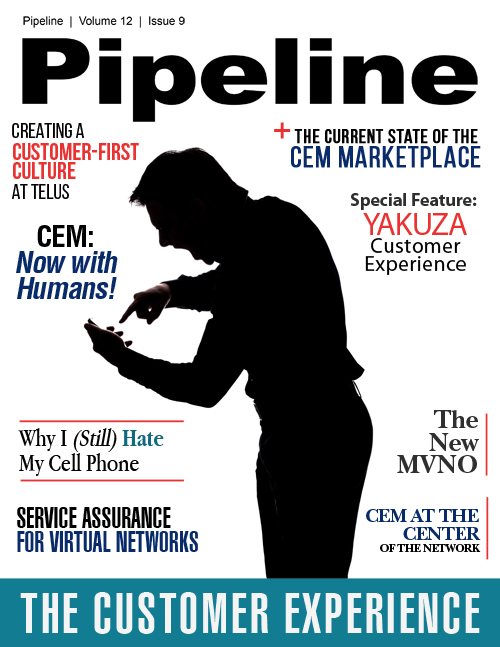The New MVNOs
By: Jennifer Fellows
 The MVNO business appeared in earnest around the turn of the millennium and is therefore somewhere in its mid-teens now.
These teenage years are going to be full of upheaval. The MVNO of the 2020s is likely to be very different from the MNVO model that we saw in the nineties. There are many factors contributing to
this change; but, as we will see, they are all pushing in the same direction.
The MVNO business appeared in earnest around the turn of the millennium and is therefore somewhere in its mid-teens now.
These teenage years are going to be full of upheaval. The MVNO of the 2020s is likely to be very different from the MNVO model that we saw in the nineties. There are many factors contributing to
this change; but, as we will see, they are all pushing in the same direction.
The Traditional MVNO
First off, we should take a whistle stop tour of the traditional MVNO. The logic of the MVNO was simple: a mobile service fronted by a third-party brand, delivered in association with an operator or, more recently, on an MVNE platform. Indeed, a particularly strong brand, Virgin, was the first MVNO in the U.K. to launch back in 2000.
These traditional MVNOs were exclusively prepay operations; this suited the market, the brand and the operator, all of
whom benefited from a thinner and less integrated infrastructure requirement. At its heart, the MVNO would buy minutes wholesale from the operator and then resell them via the marketing power
of the brand. Price was inevitably the key differentiator.
The most influential stakeholder in this relationship is the customer, and across Europe we have seen the rollout of 4G networks and high-speed always-on data connectivity lead to an insatiable demand for bandwidth. This has challenged prepay in three crucial ways.
The Prepay Challenges
Firstly, maintaining the MVNO business model requires that wholesale data be made available to MVNOs – and its usage measured in real-time – in the same way as voice minutes. Not only is this economically challenging for the operator, data usage is self-perpetuating in a way that airtime is not. An unlimited-minutes offer does not lead to 24/7 talking. But an unlimited data bundle leads to practically inexhaustible data usage as we take advantage of an ever increasing range of online services. Analysts Piran Partners state that a doubling in data use directly produces a 30% drop in gross margins for MVNOs; adding, “And this is unconstrained – Facebook videos now play by default.”[1]
Secondly, the big data users are smartphones; and smartphones cost much more than feature phone devices. This in itself is not a problem, but the prepay environment does not allow for a trade-off between upfront handset cost and ongoing contract fulfilment. The cost of a feature-rich smartphone is hard for customers to swallow in the prepay environment. And smartphones are undoubtedly the aspirational direction for consumers. At one end of the age spectrum, the millennial generation cannot conceive of a service without universal connectivity; at the other is an elderly customer base which is rapidly graduating to more feature-rich devices (especially as other sectors like tablets increase their tech familiarity). The new breed of cheap smartphones (manufacturers like Huawei are on the cusp of the £50 smartphone) will not encourage prepay; they will generate mid-market demand for digital consumption.
Thirdly, the prepay customer can only look on enviously at the range of both handsets and digital experiences on offer to post-pay consumers. As we have seen, prepay is deeply undifferentiated: a largely price-driven operation. Given that the front end of an MVNO is a brand, there is much richer brand alignment to be had when bolt-on digital services can be used – services that target families, say, for a supermarket.
Millennials, in particular, not only want a media-rich experience; they want to customise every aspect of their supplier relationship; to feel in control not only of their spending, but also of every aspect of what they get for their money – ideally in a light-contact, 24/7 online environment. Boston Consulting Group calls this the “Participation Economy”[2] – in which brands engage with consumers by co-creating products in as bespoke a fashion as possible. U.K. retail giant Carphone Warehouse has a huge high-street presence and is achieving significant success with ID Mobile, an MVNO brand with a web-rich management interface. At the launch, Carphone’s CEO said: “People want greater flexibility from their plans and are fed up with the ‘one size fits all’ approach.”[3]
The migration away from prepay has already begun: in 2012, prepay dipped below 50% of the market for the first time since 1999; today, prepay lags at below 40%.



















